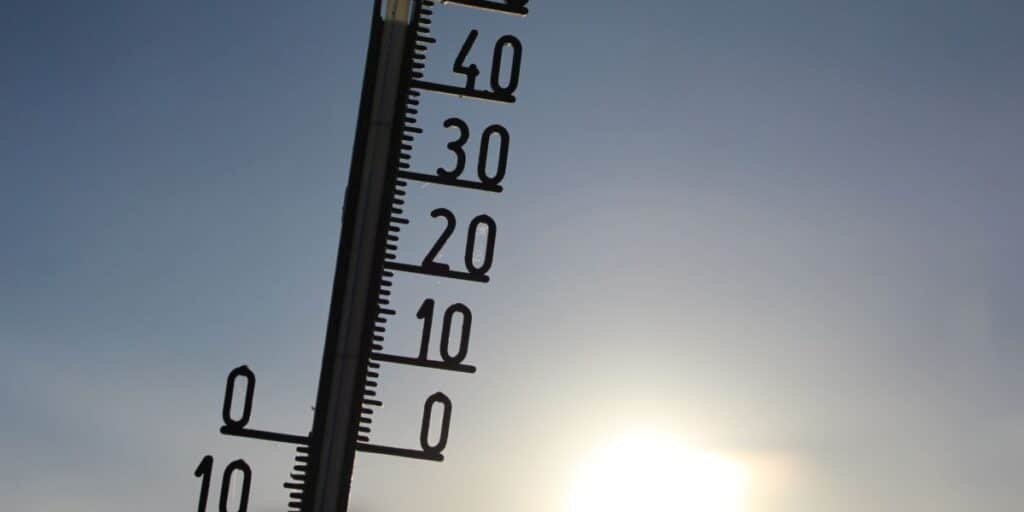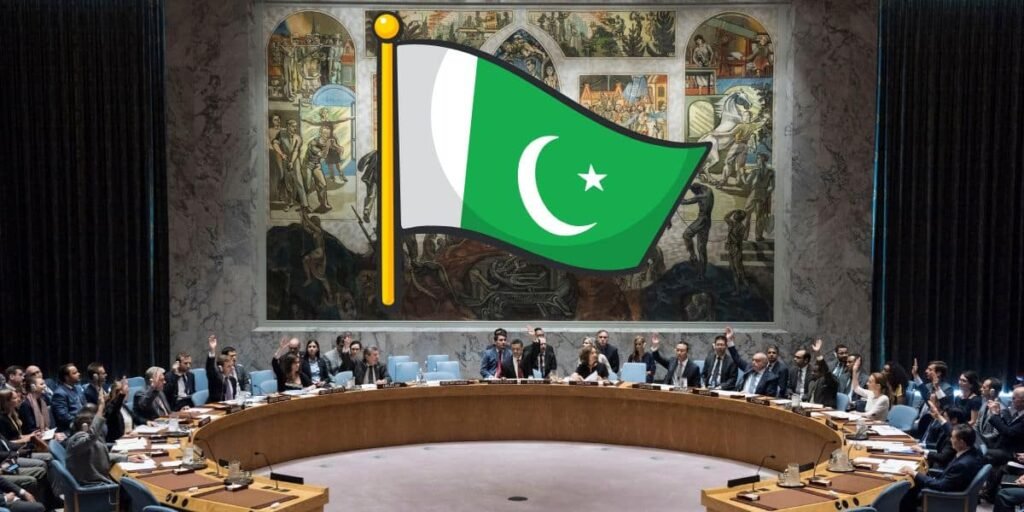Webdesk: Lahore is in the middle of a severe heatwave, and most of the Punjab is getting ready to be hit by the fourth monsoon spell. Such heat accompanied by a high amount of moisture in the air made Lahore weather very uncomfortable, where people experienced extreme temperatures rated to be as high as 34°C in various parts of the provincial capital.
It has also been confirmed by the Pakistan Meteorological Department (PMD) that monsoon currents have once again entered the region, which is why there are chances of widespread rainfall in various parts of Punjab. The new occurrence comes at a time when authorities have put the country on high alert in case it is affected by floods, landslides, and drainage issues in towns.
The power of the monsoon system is expected to be more intense than earlier episodes and is going to impact the entire region, such as Rawalpindi, Faisalabad, Gujranwala, Sargodha, Murree, and other areas of south Punjab from July 20 to July 25.
Although rain has been forecasted to be scarce in Lahore in the short run, the metropolis will suffer brief downpours mixed with warm winds and humid atmosphere that will further worsen the uncomfortable climate experienced in the city. There are already emergency response teams mobilised in the Punjab districts as they expect heavy downpour as well as chances of river overflow.
There have been calls on the part of the environmental officialdom to evacuate risky grounds because of the surging high levels of water that have occurred in the rivers Ravi, Sutlej, Jhelum, and Chenab. Section 144 has been declared in order to limit the flow in and out of the water bodies to eliminate any occurrences.
The major institutions like WASA and the city governments have been put on alert, and the storm drains are being cleaned to reduce the risk posed by any urban flooding, especially that of low-lying areas of Lahore and the outskirts of the city.
According to the PMD, thunderstorms and heavy rains are also likely in the region of Azad Kashmir, Khyber Pakhtunkhwa, and several regions in Gilgit-Baltistan. In the case of Lahore and the surrounding districts, it is an unstable weather pattern, and what goes on is due to hot days with isolated rain that gives temporary relief.
The health authorities have recommended that people keep themselves hydrated, avoid unnecessary time in the outdoors, especially during the peak timings, and keep a check on the slippery roads in the case of an unexpected downpour and waterlogging of the streets.
This monsoon spell being in effect now, the next few days will be critical with regard to disaster preparedness in the urban and rural Punjab. The government asks people to adhere to formal weather warnings and safety guidelines.
The high level of heat, accompanied by variable rainfall, remains the characteristic feature of the modern weather in Lahore, which strains the civic infrastructure and endangers the well-being of the population.
Read more: Bilawal Bhutto Zardari positions Pakistan as voice of peace on global stage after Indian hostility






